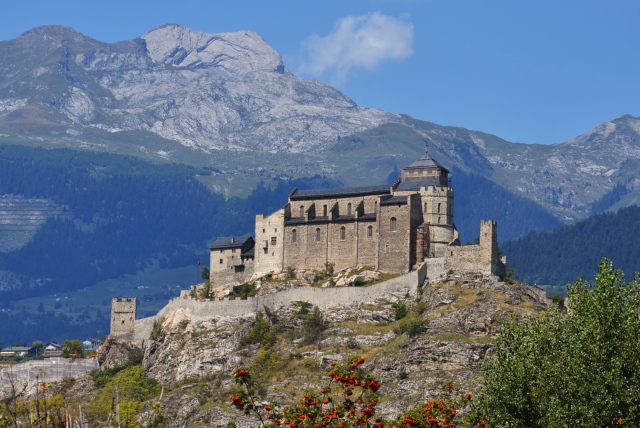That maximum is the hottest temperature ever recorded in Switzerland for the month of June and the first time the 37C mark has been reached in the country since 2015.
It is also just shy of the all-time record for Sion, which is 37.8C, also in 2015.
But Sion was not the only place in Switzerland to sizzle on Sunday after some slight relief on Saturday.
In Chur, the capital of Graubünden, the thermometer climbed to 35.7C while it was a very warm 35.5C in Geneva and 35.1C in Basel.
And the tourist hub of Interlaken saw its hottest June day ever with 34.4C recorded.
Temperatures are expected to dip slightly on Monday to around 31–33C but it will also be more humid, with storms possible, according to forecasters.
Nach den gewitterfreien Hitzetagen ziehen morgen #Gewitter auf, die teils heftig ausfallen können, mit #Hagel, #Starkregen und #Sturmböen, wie die Animation aus unserem Wettermodell zeigt. ^chs pic.twitter.com/QjRmJ3VoXU
— SRF Meteo (@srfmeteo) June 30, 2019
The heatwave that currently has Switzerland in its grip has fuelled huge blazes and pollution peaks, and officially claimed four lives in France, two in Italy and another two in Spain, including a 17-year-old harvest worker, a 33-year-old roofer and a 72-year-old homeless man.
Germany also saw a new June temperature record on Sunday, with Bad Kreuznach near Mainz registering 39.3C.



 Please whitelist us to continue reading.
Please whitelist us to continue reading.
Member comments